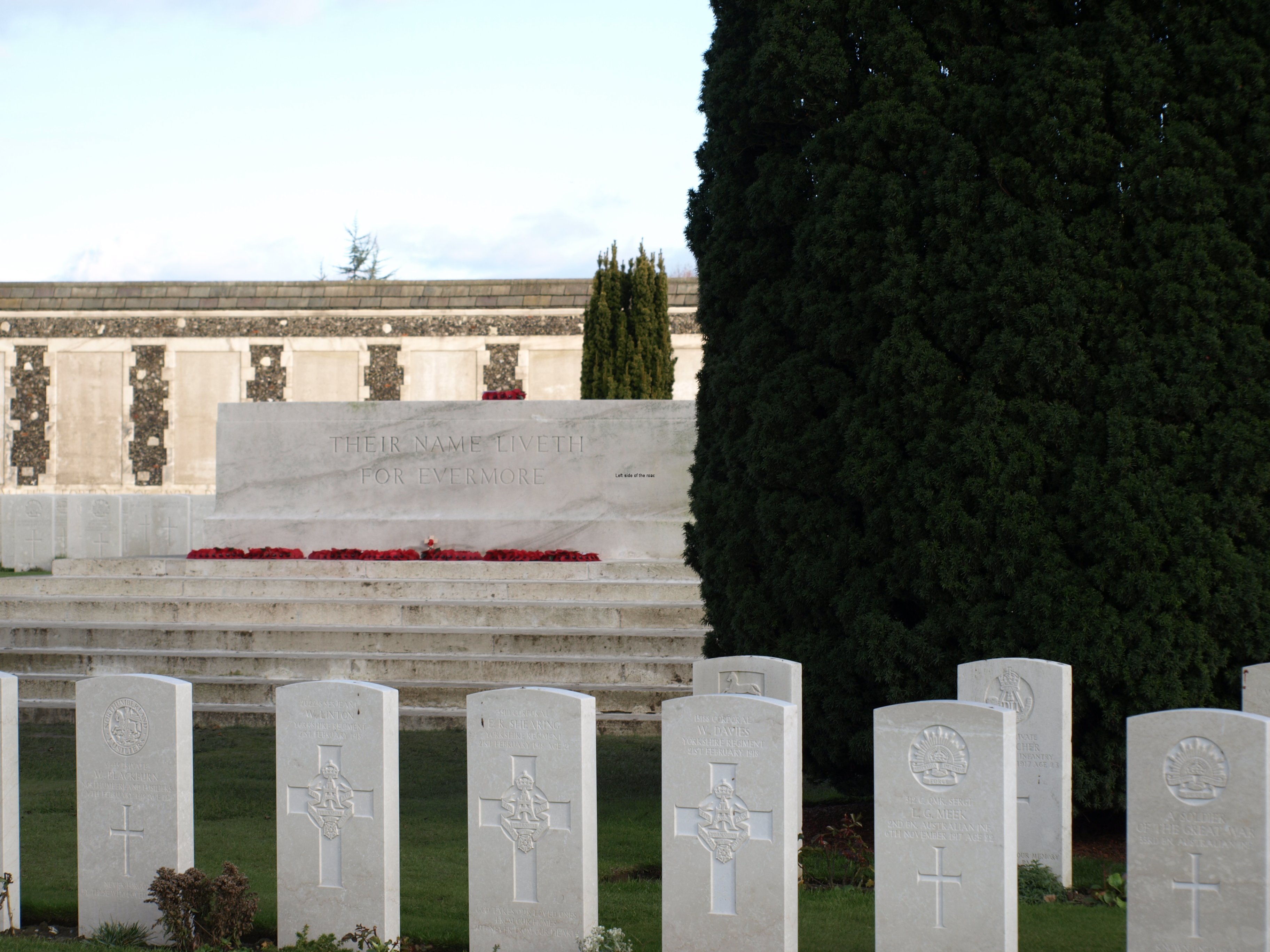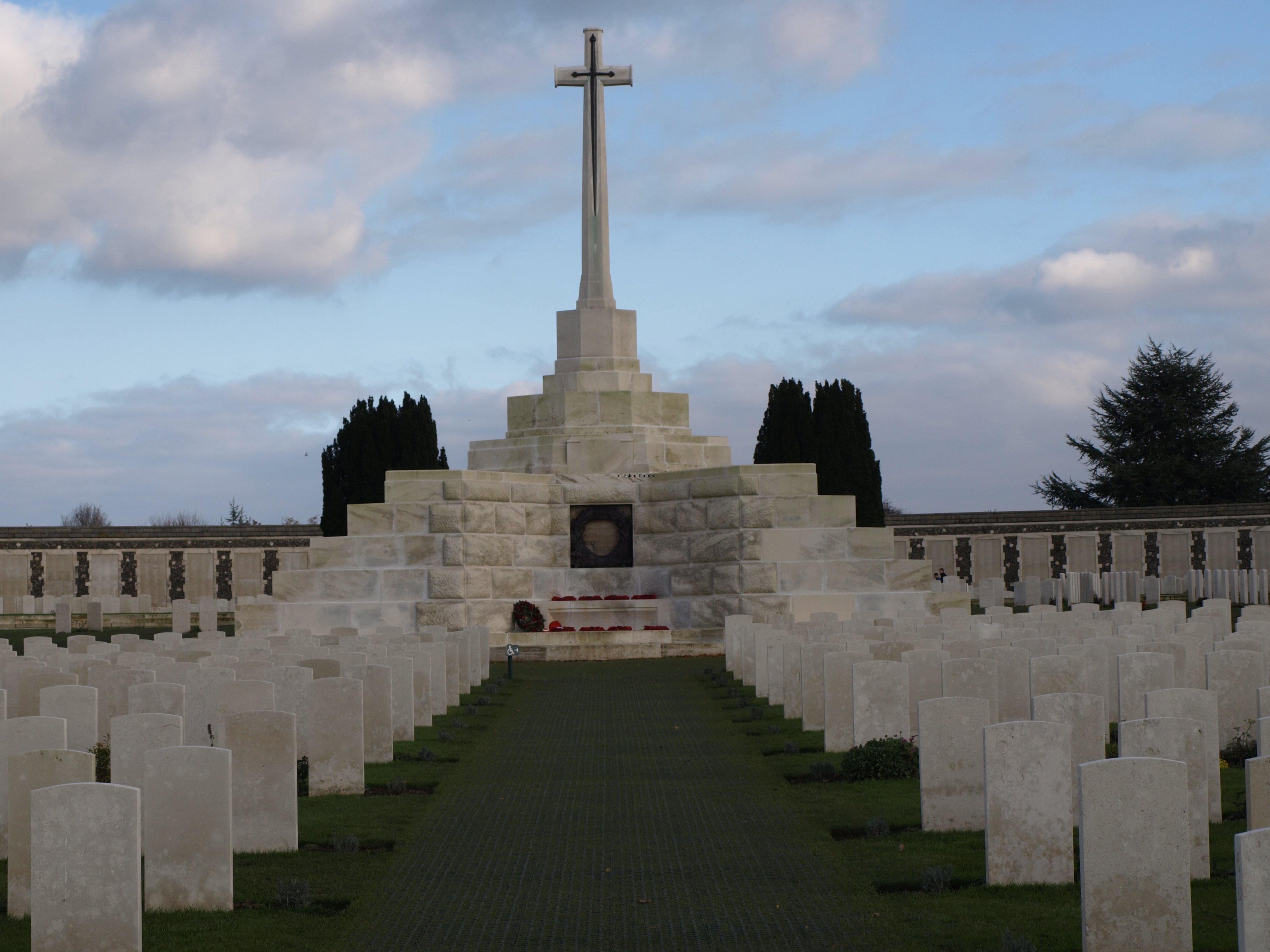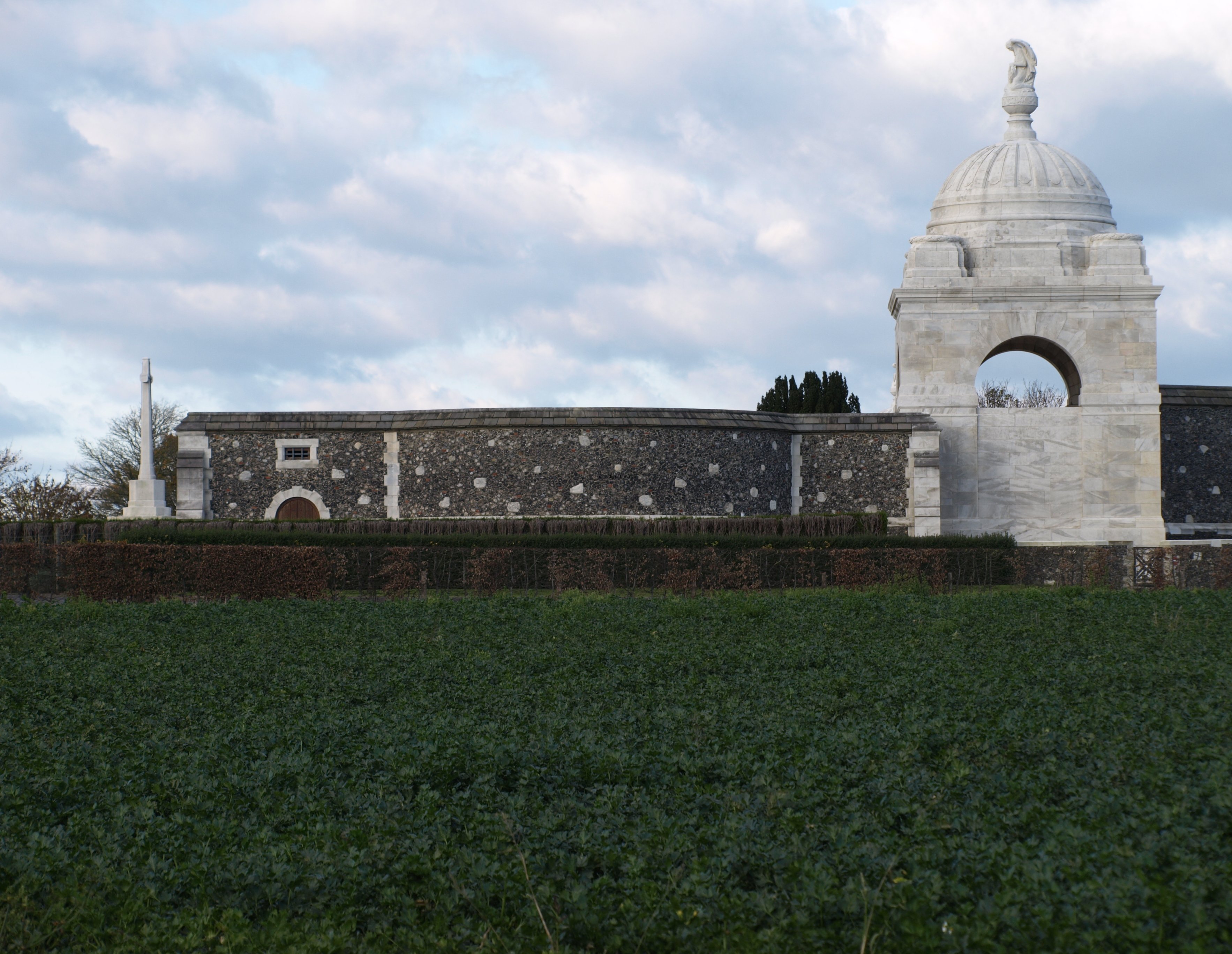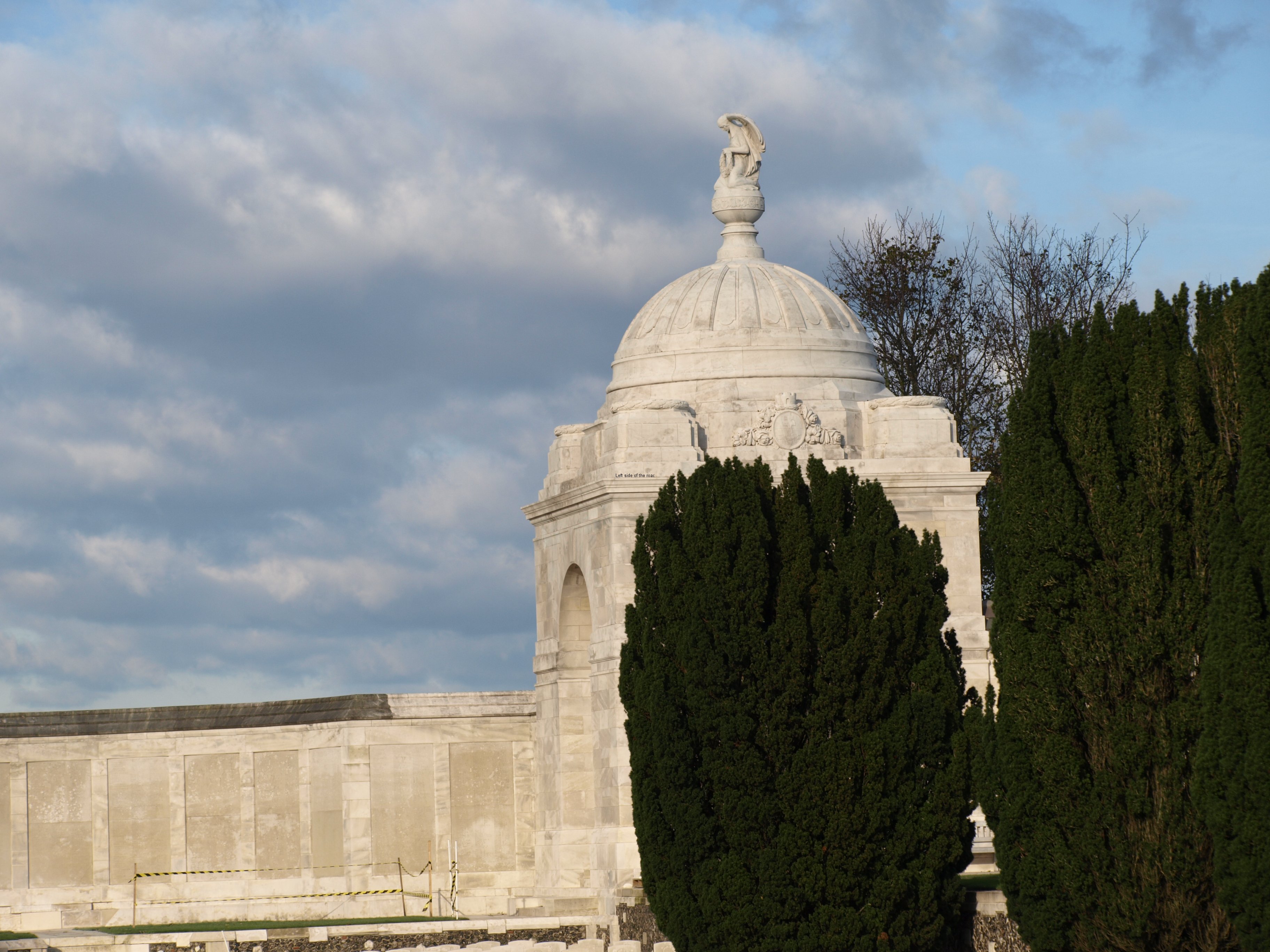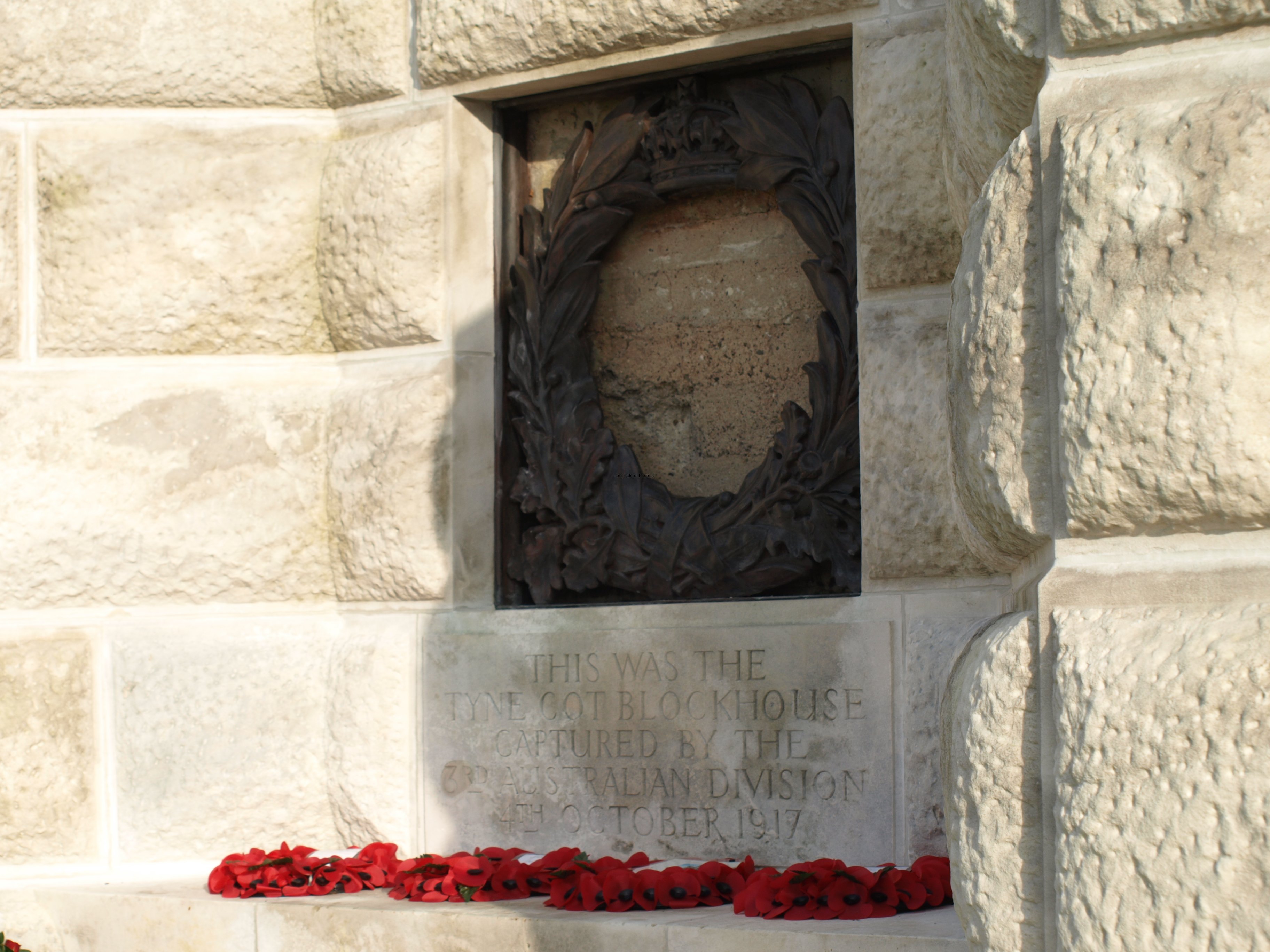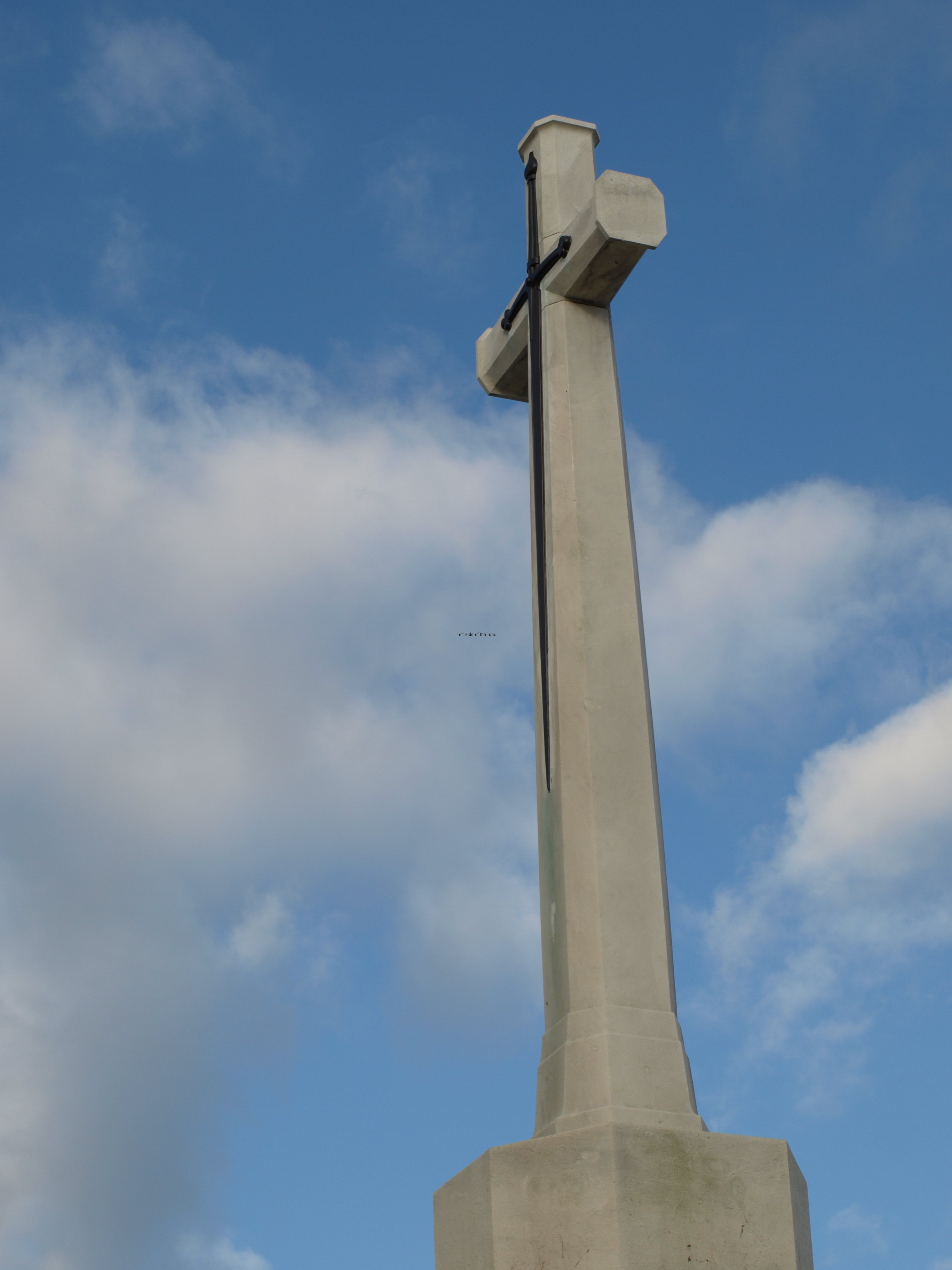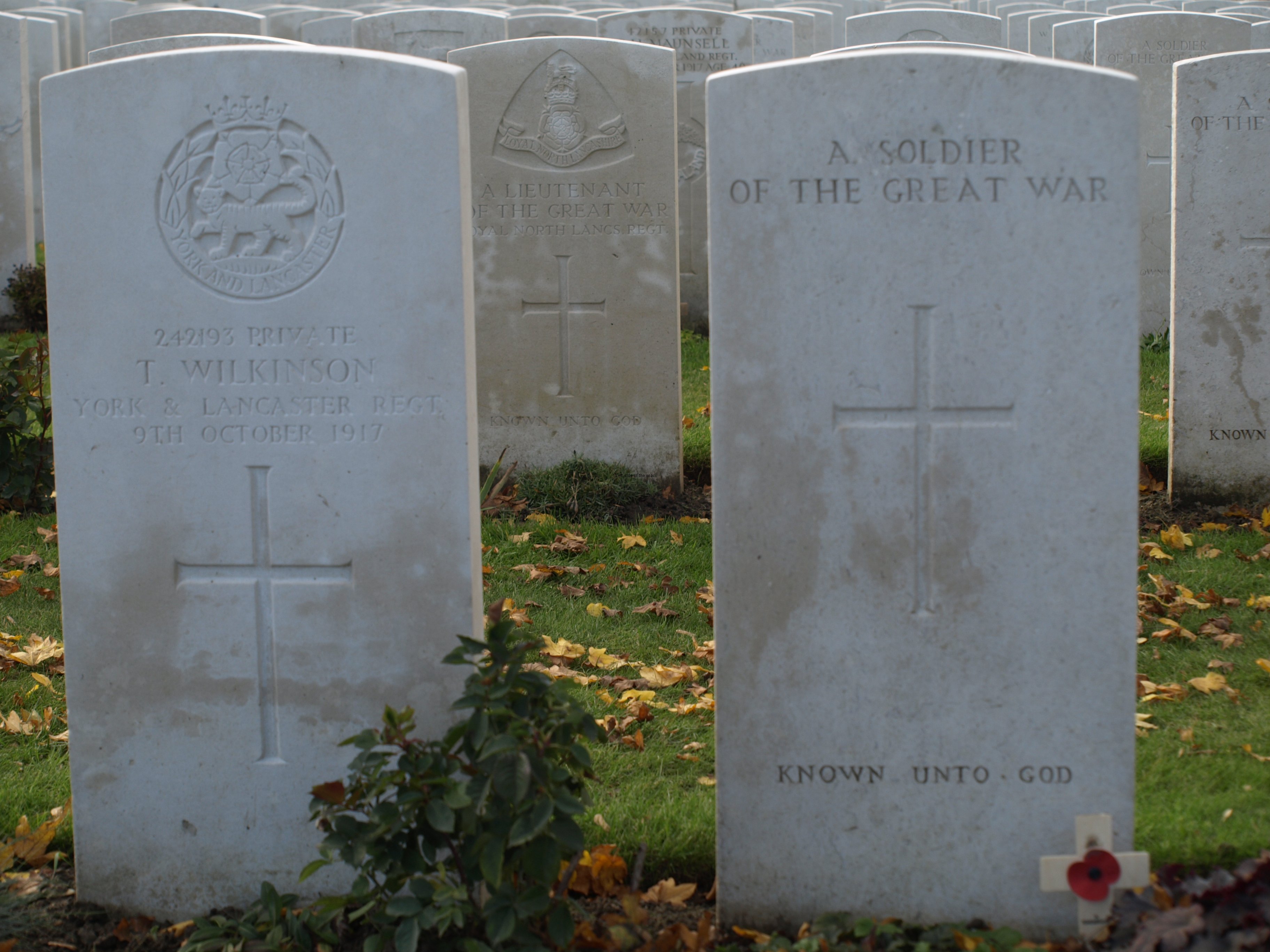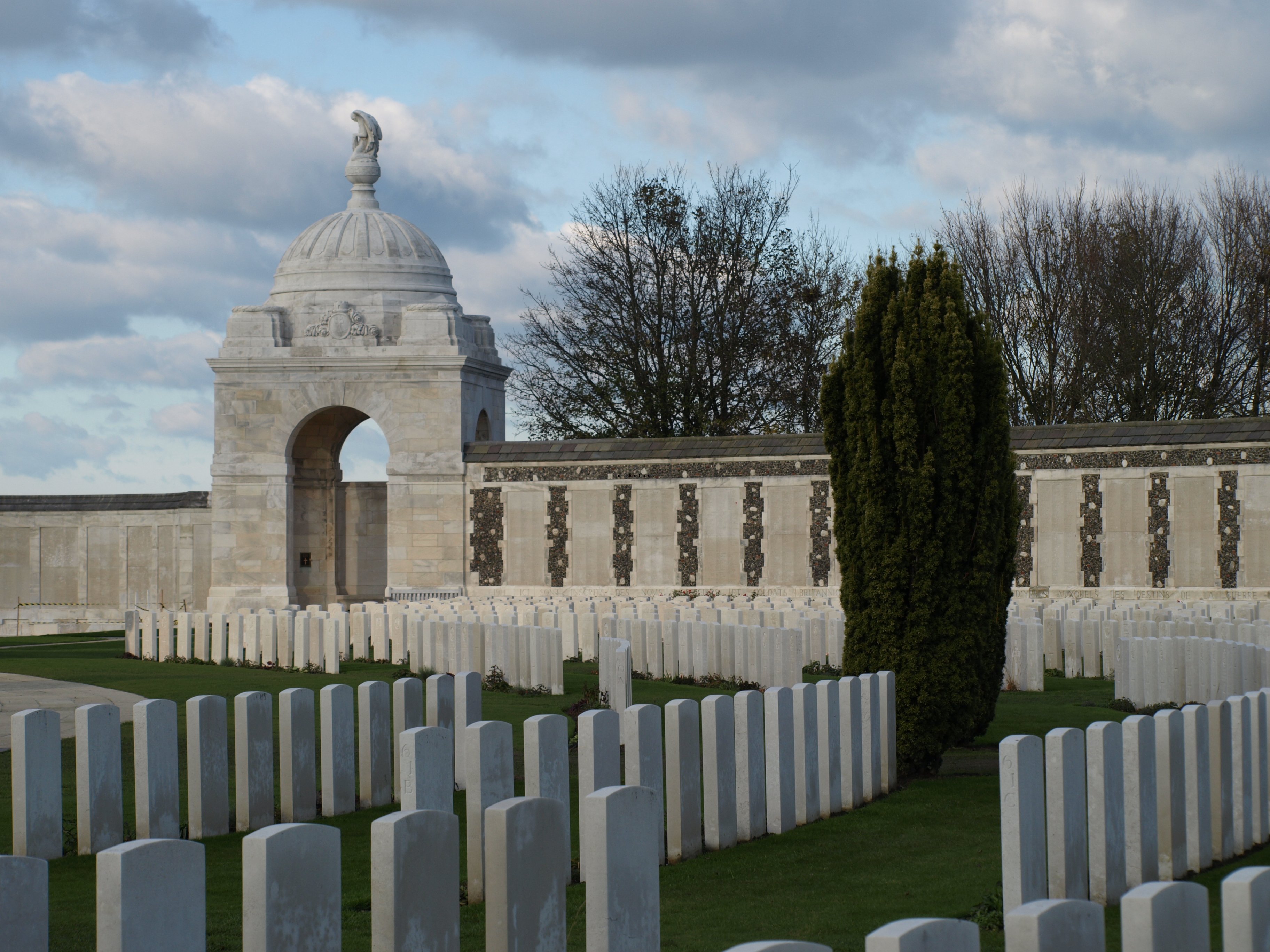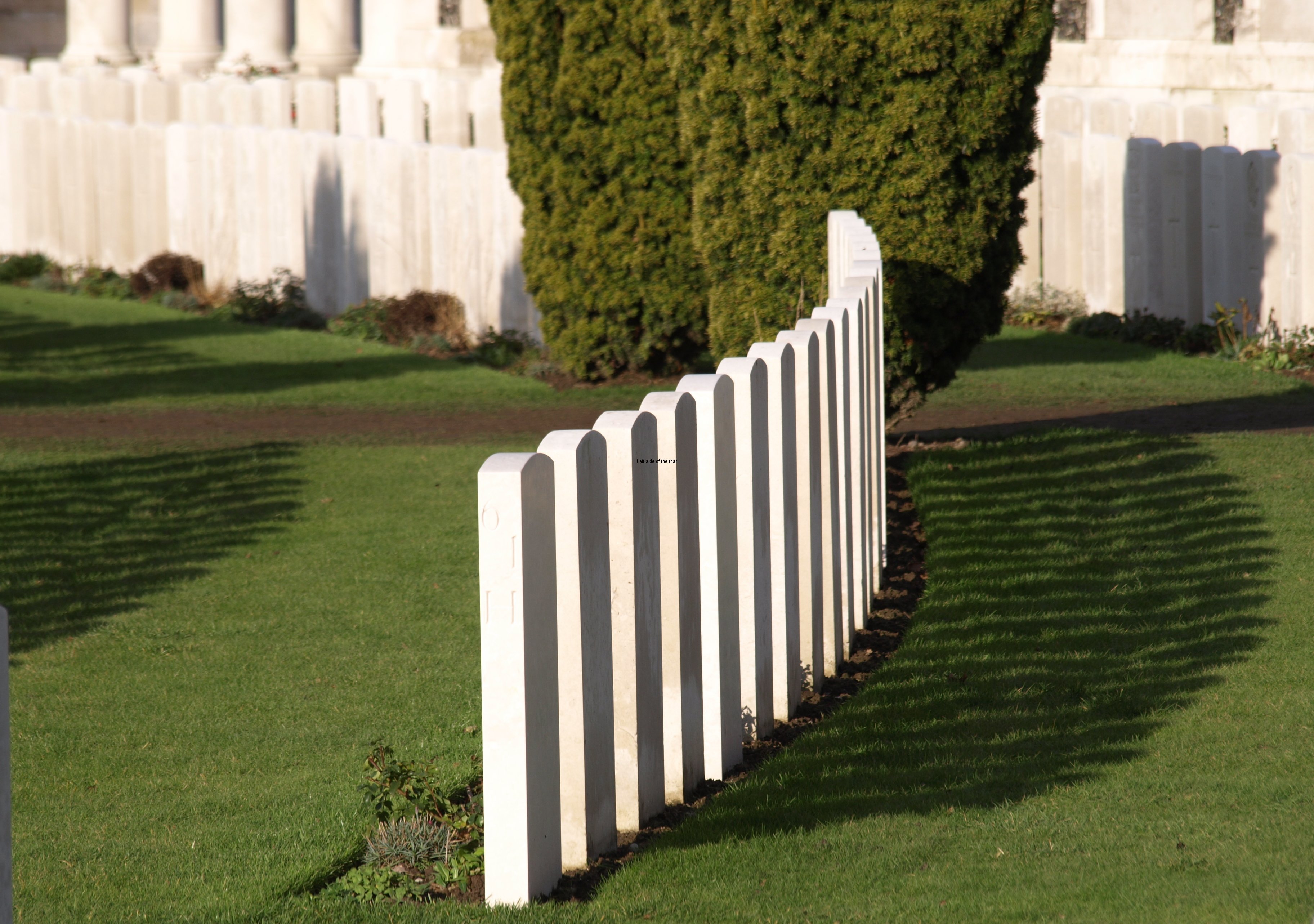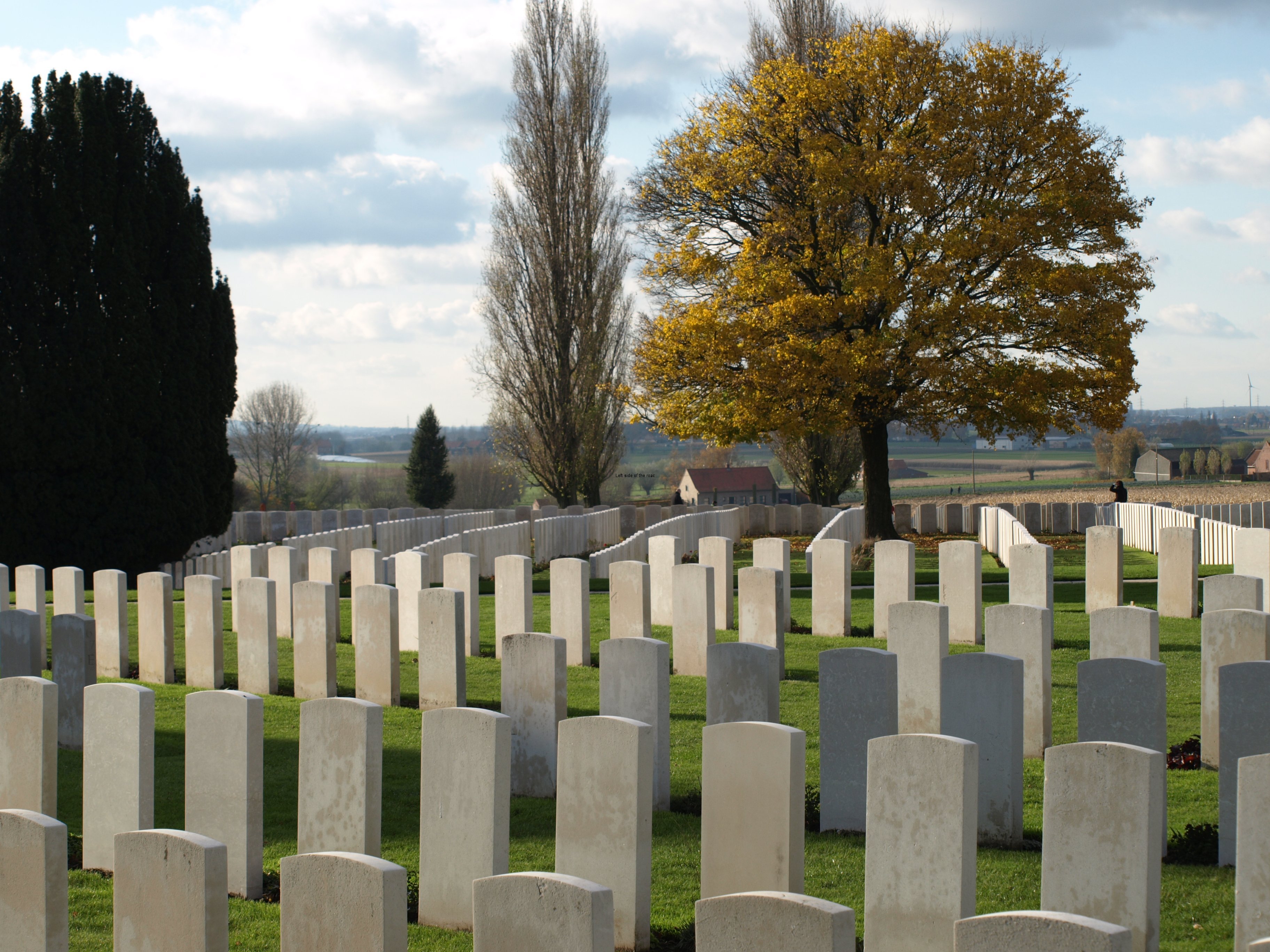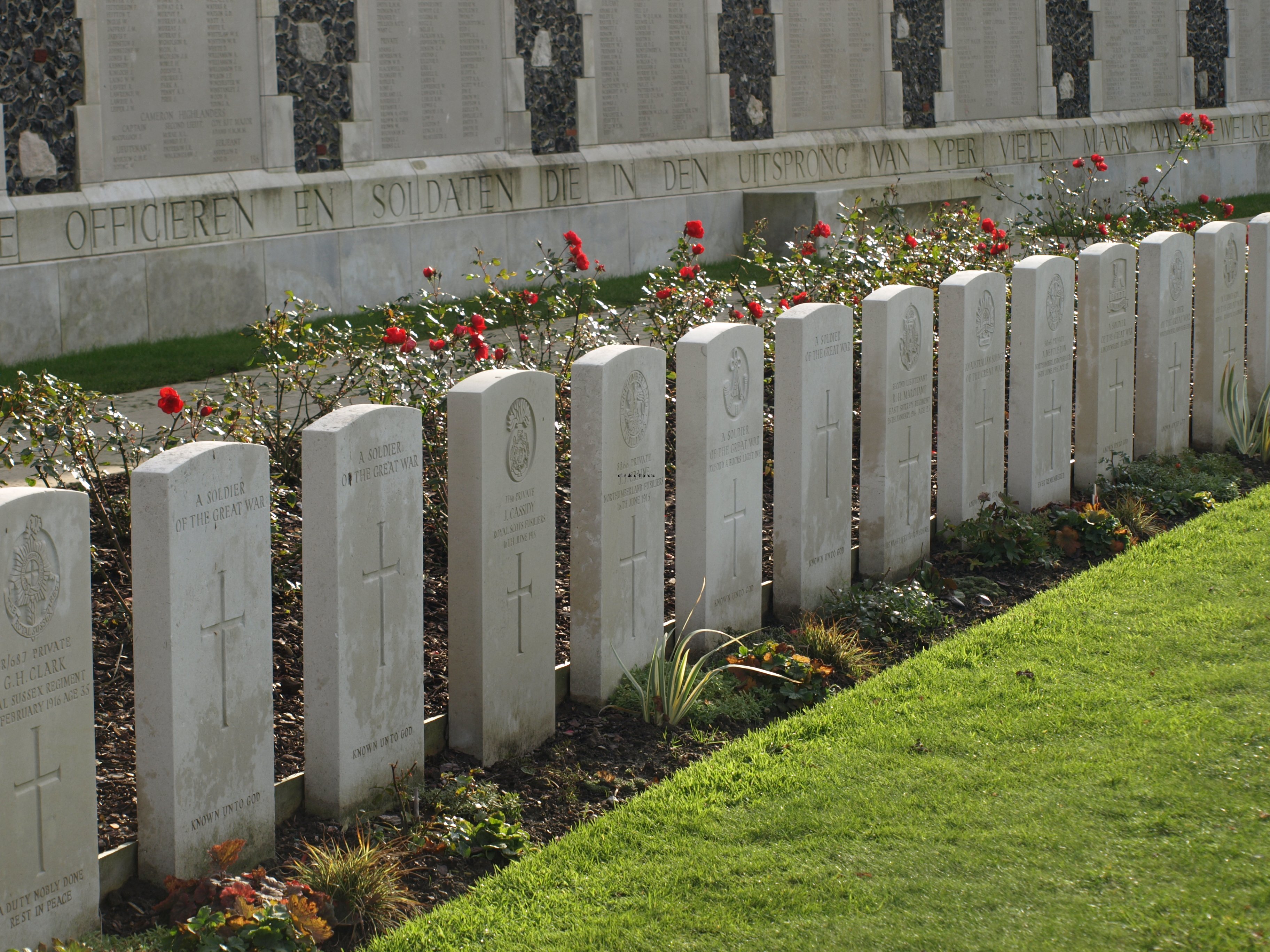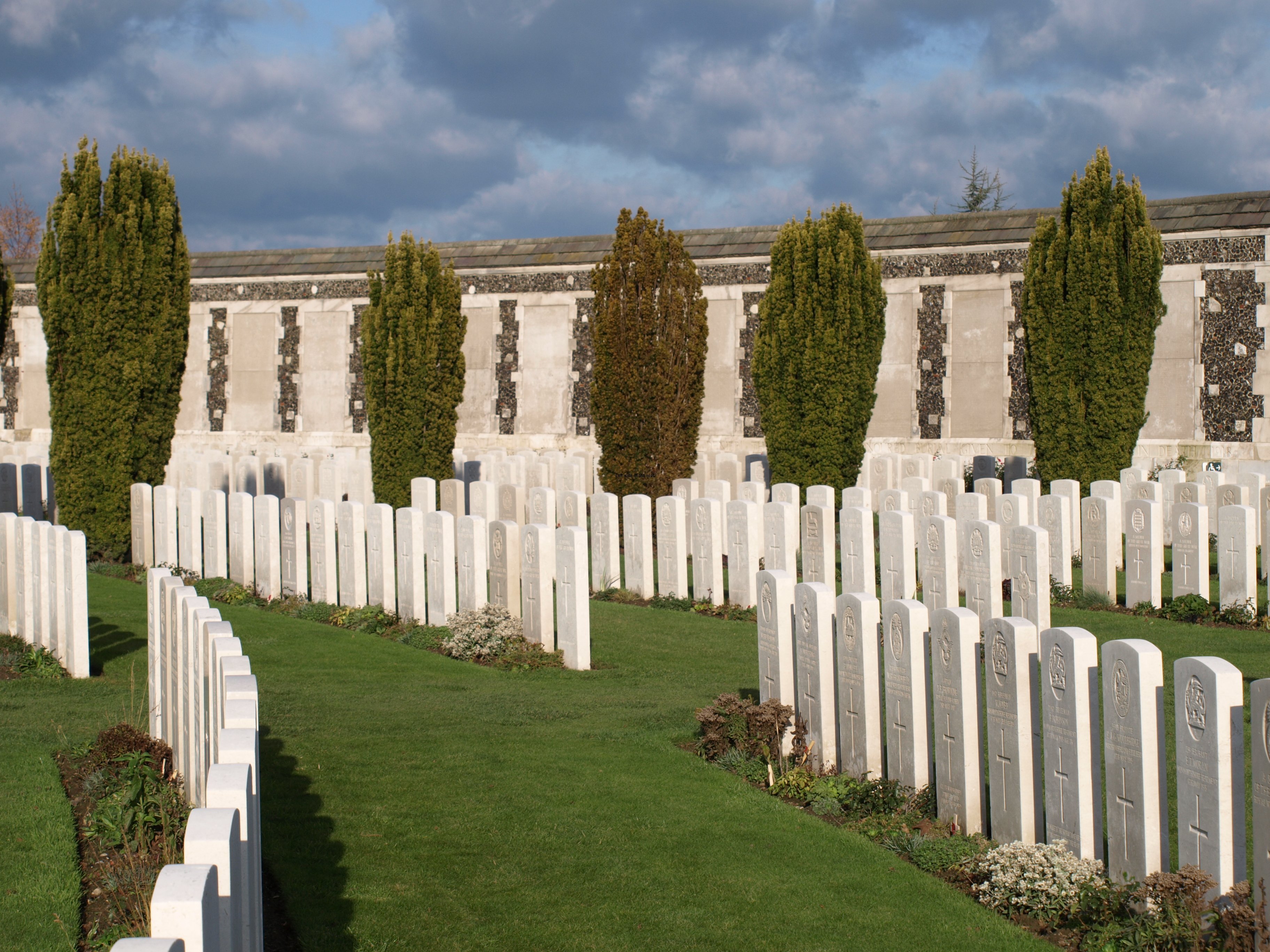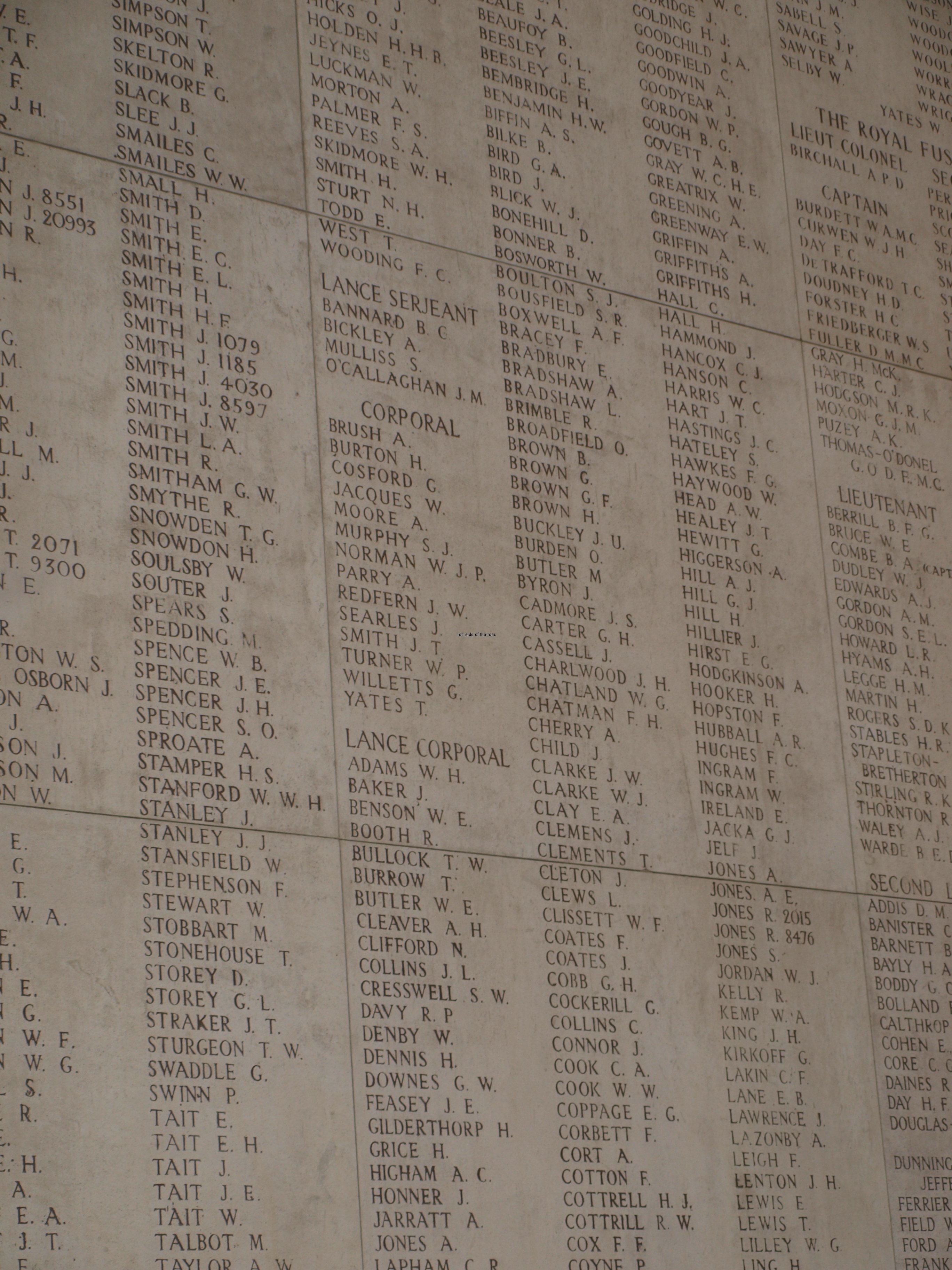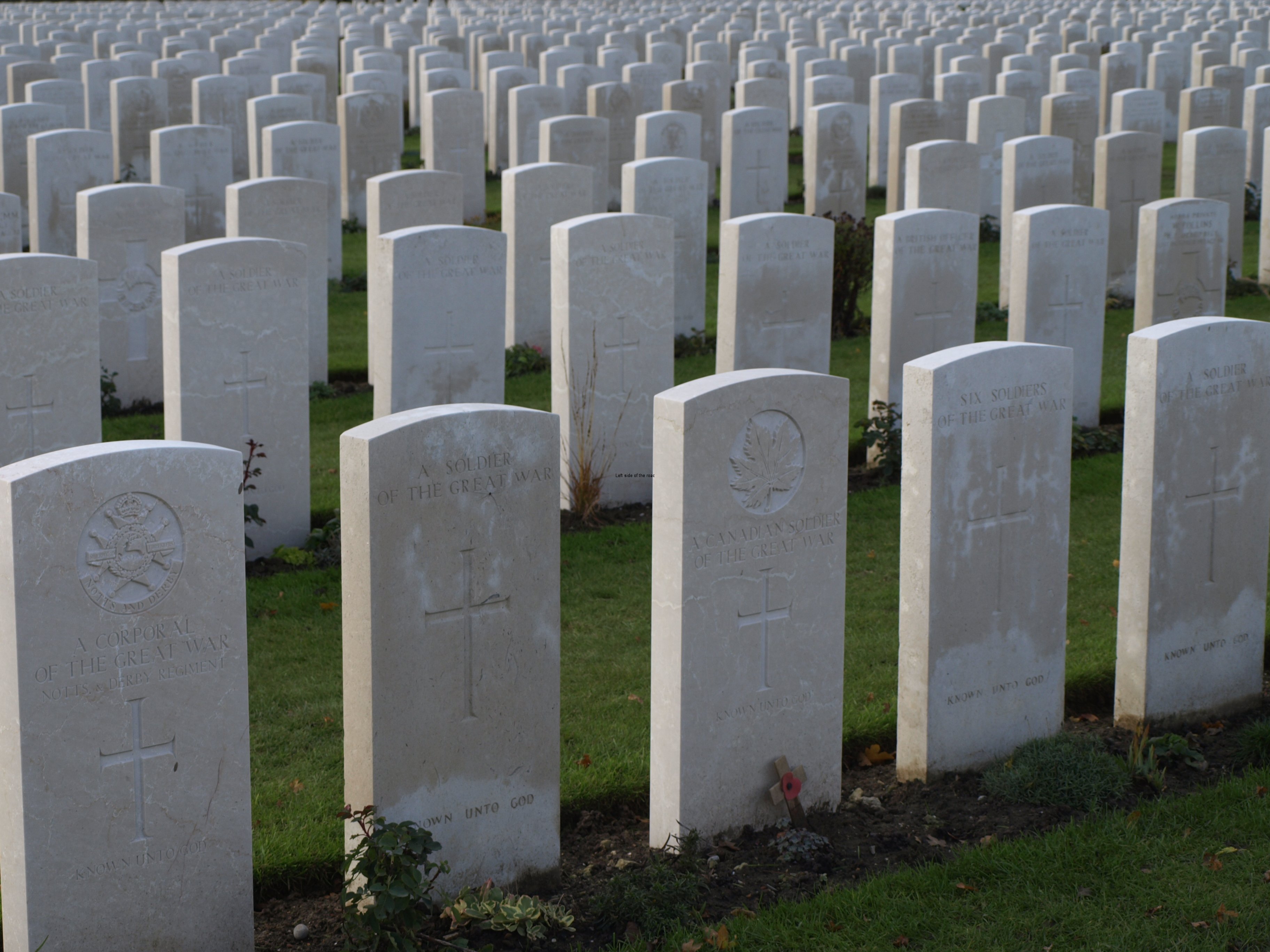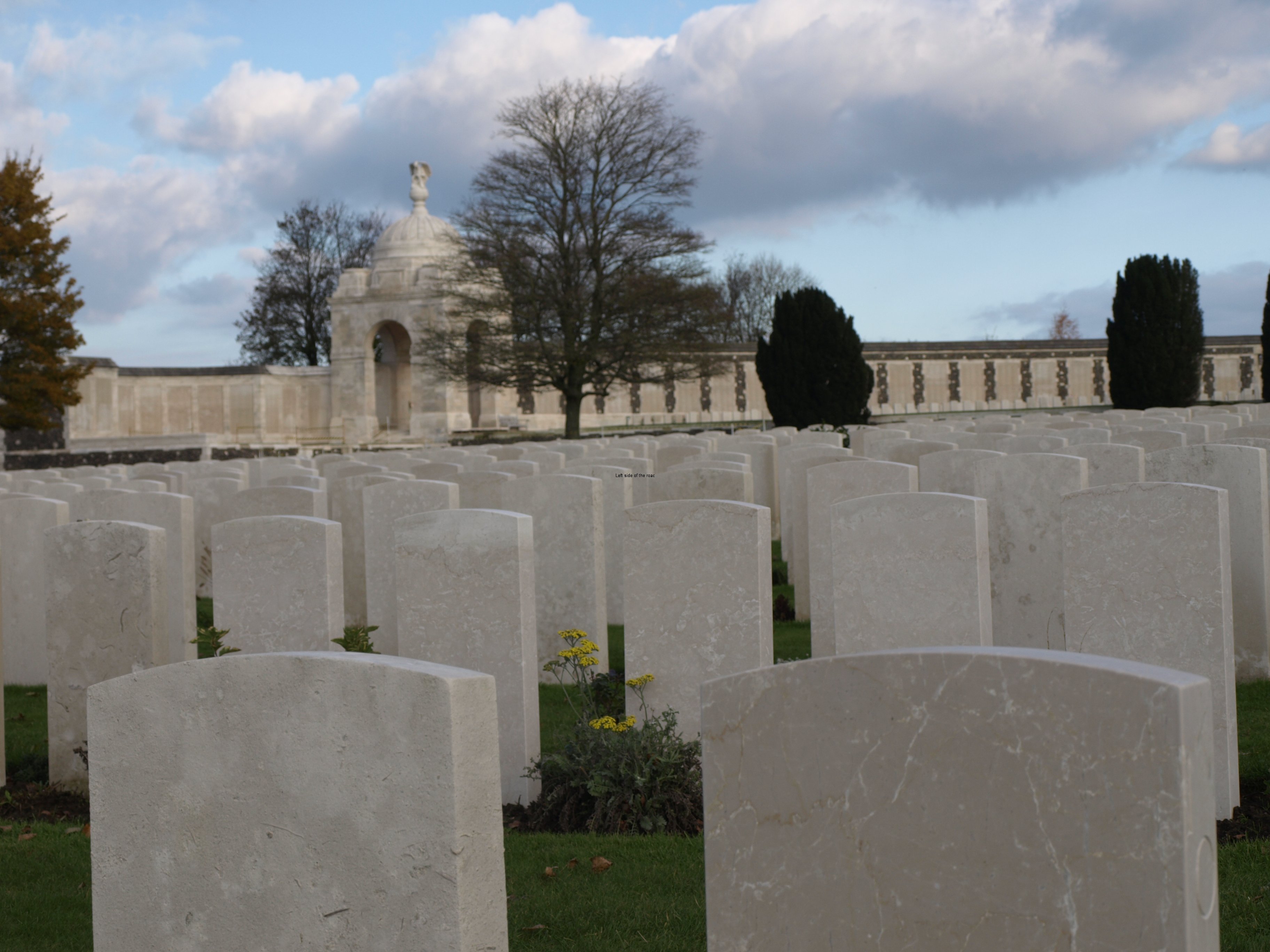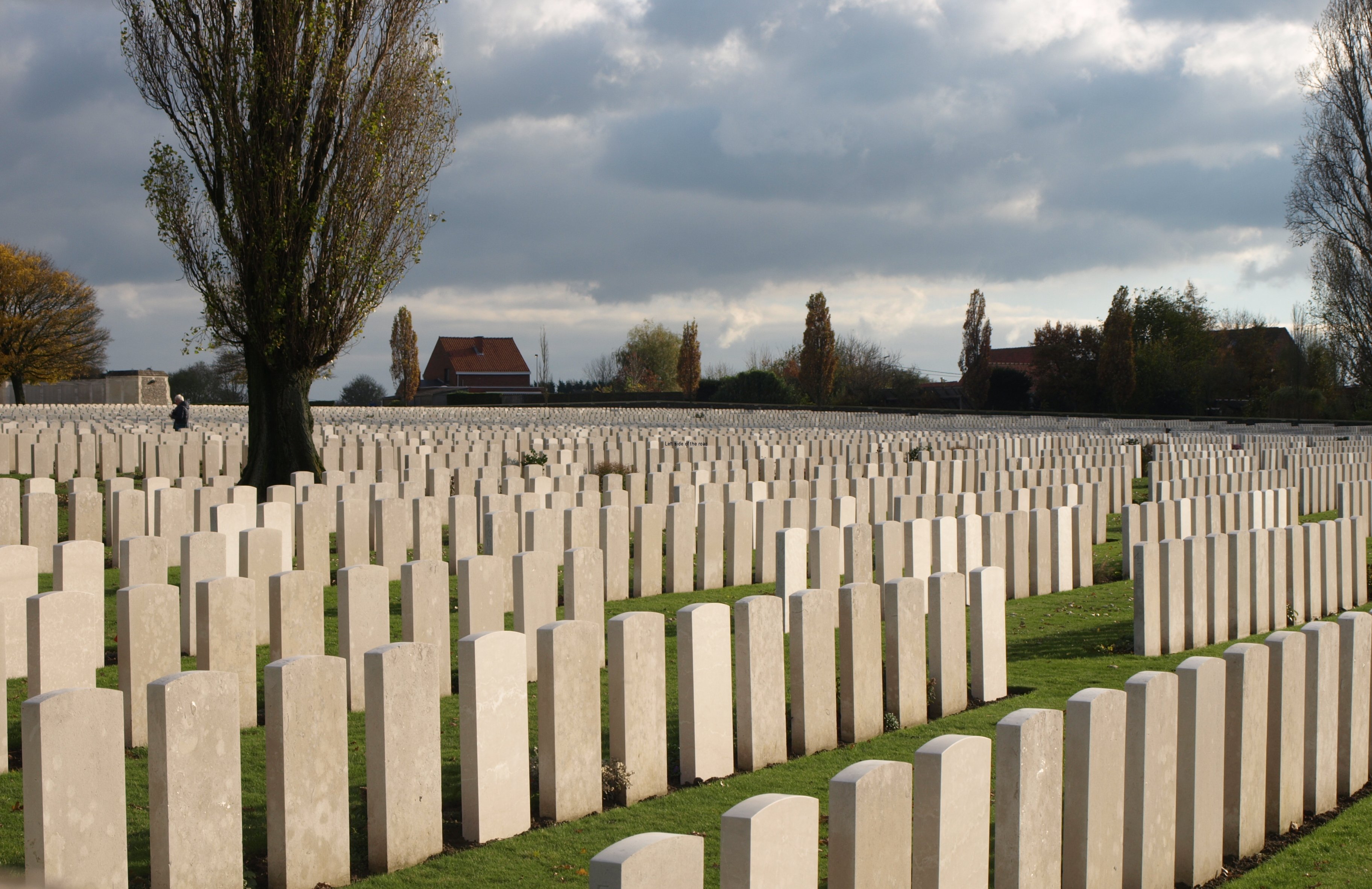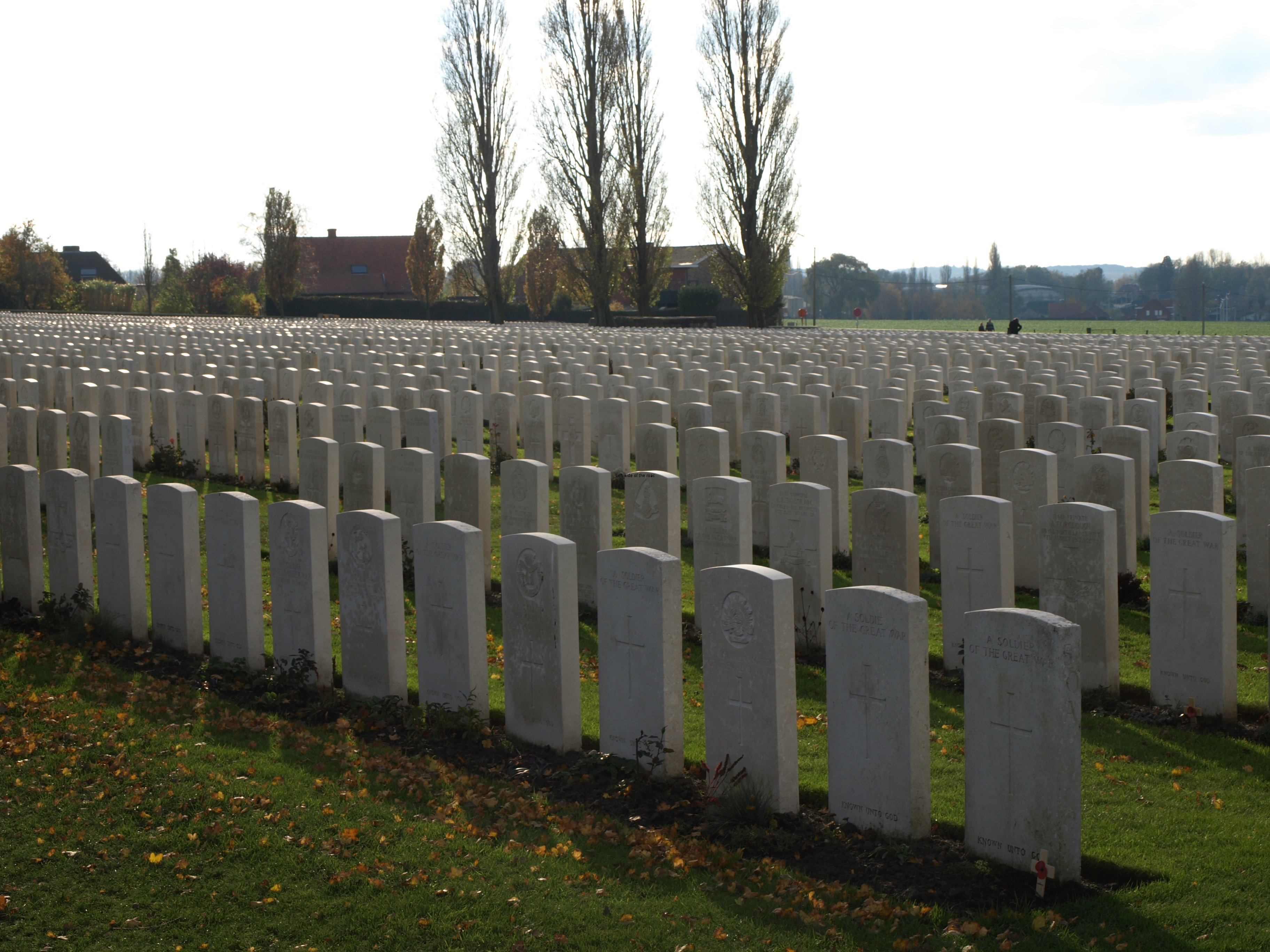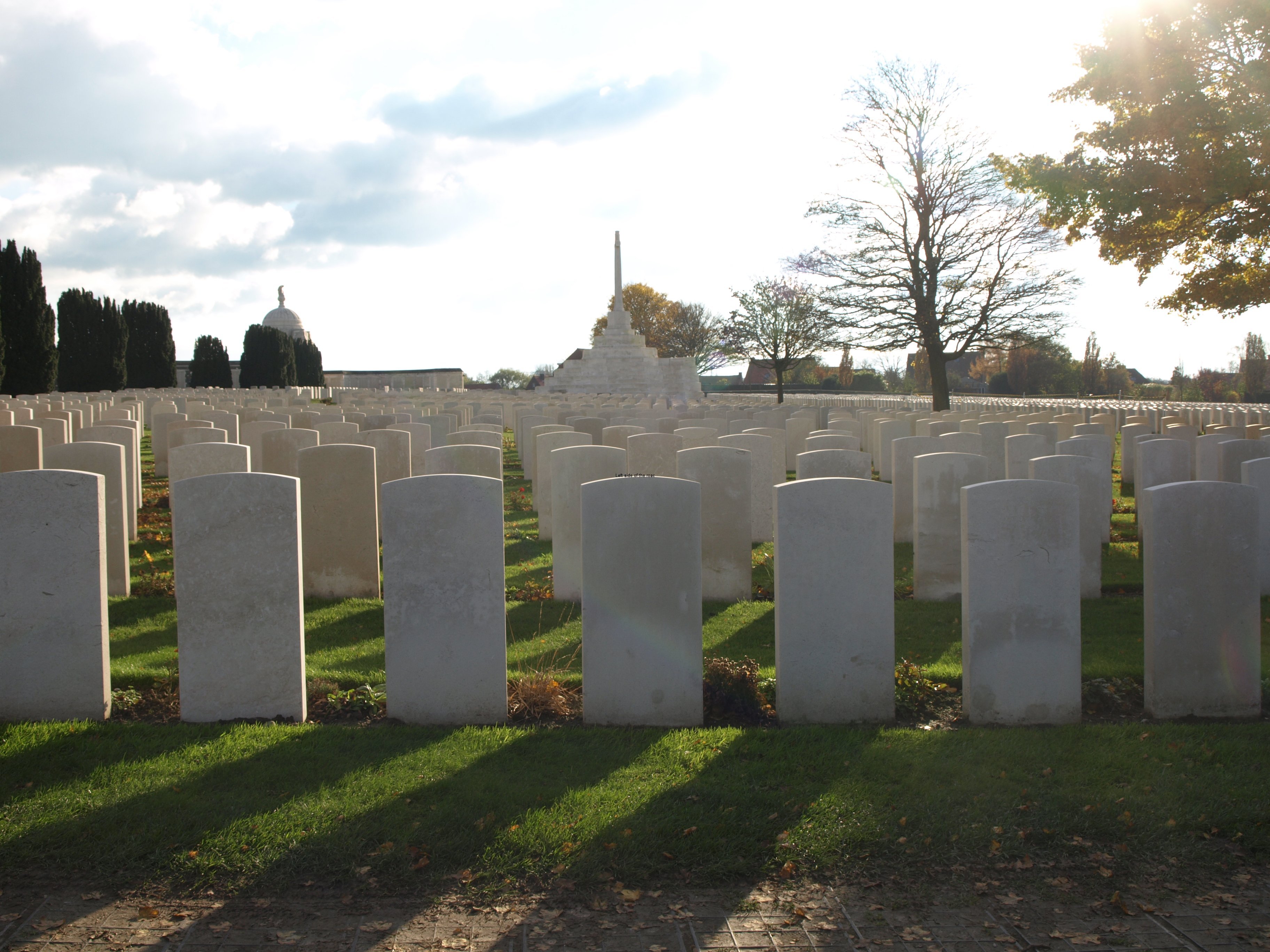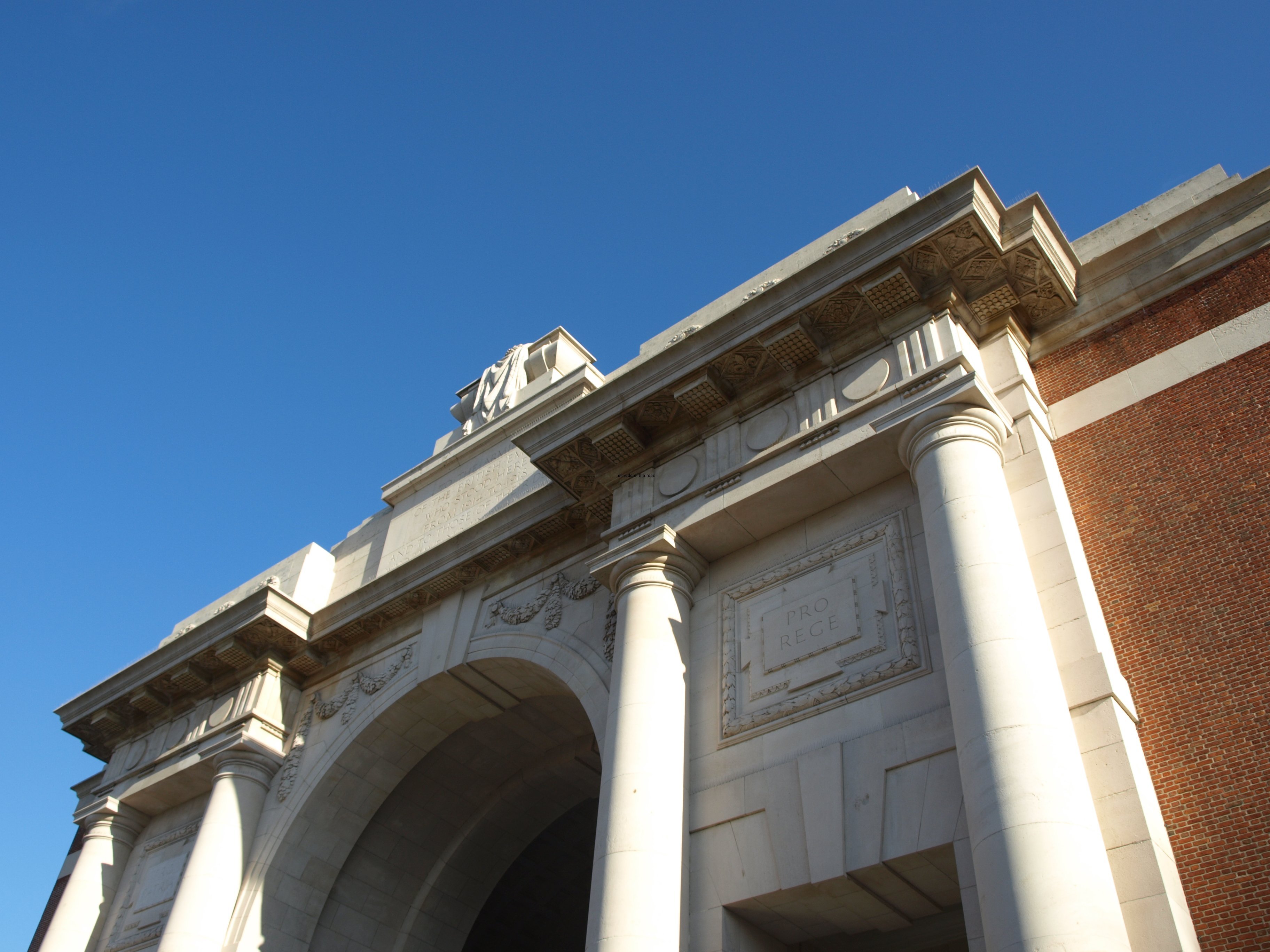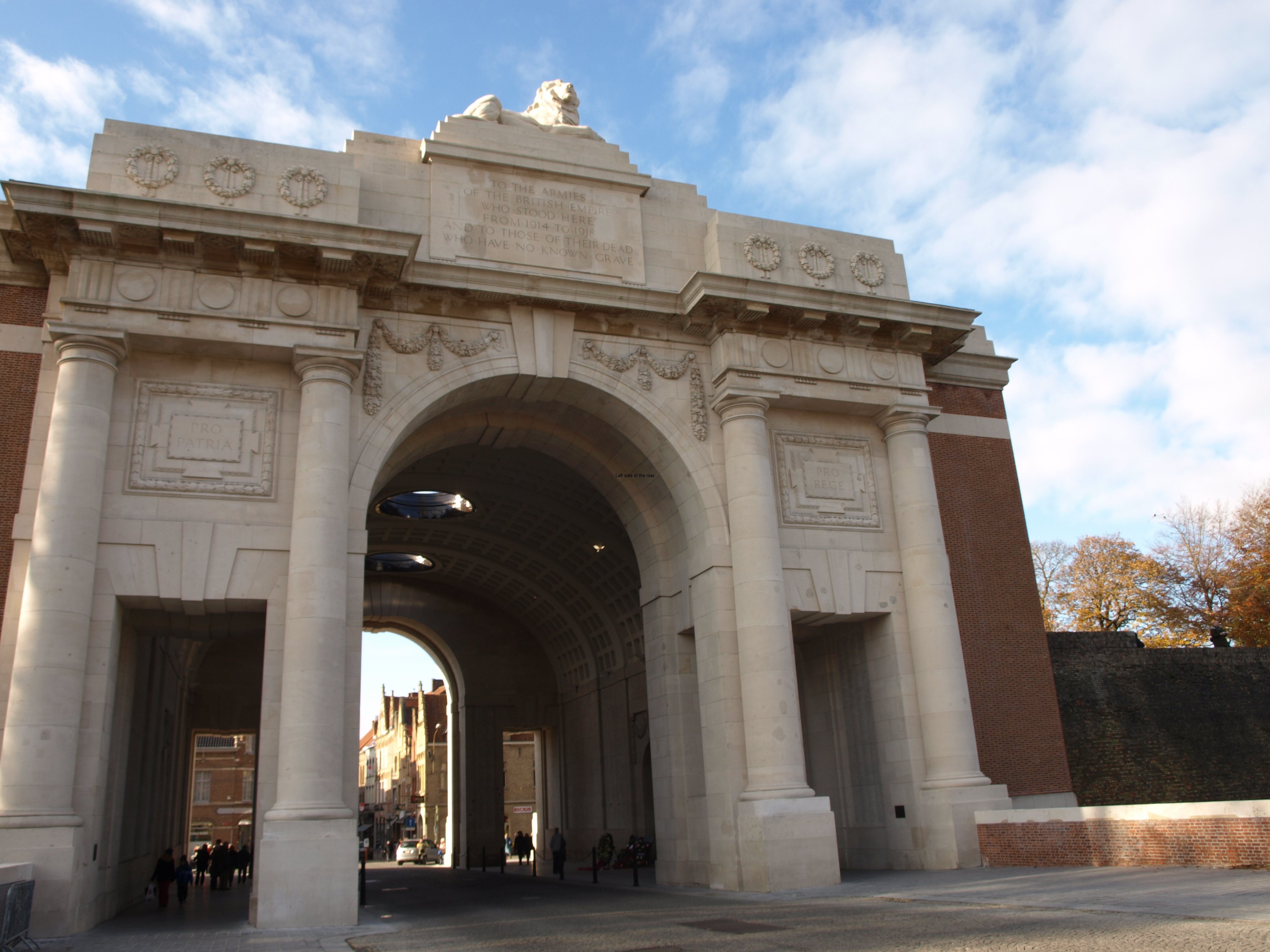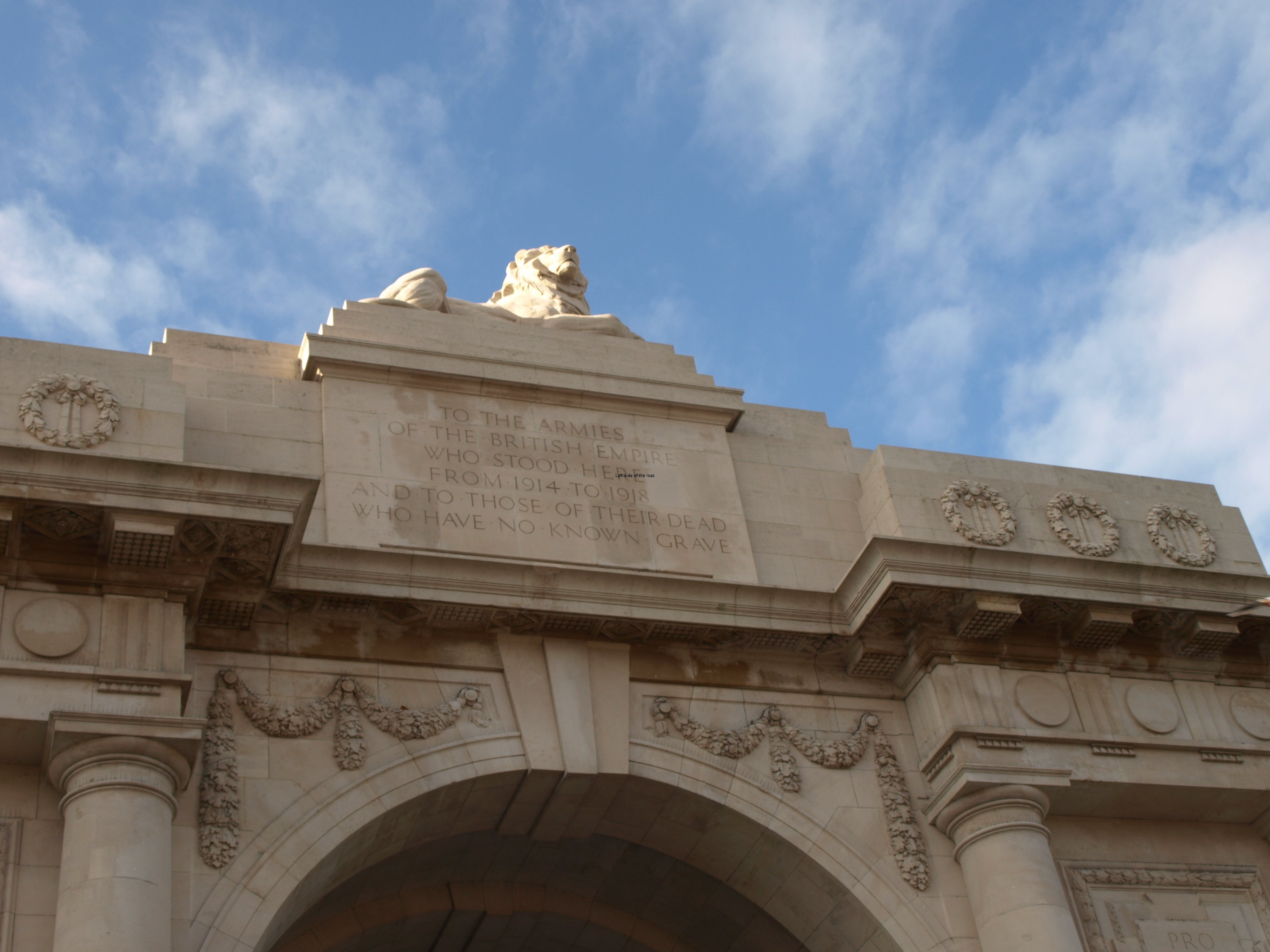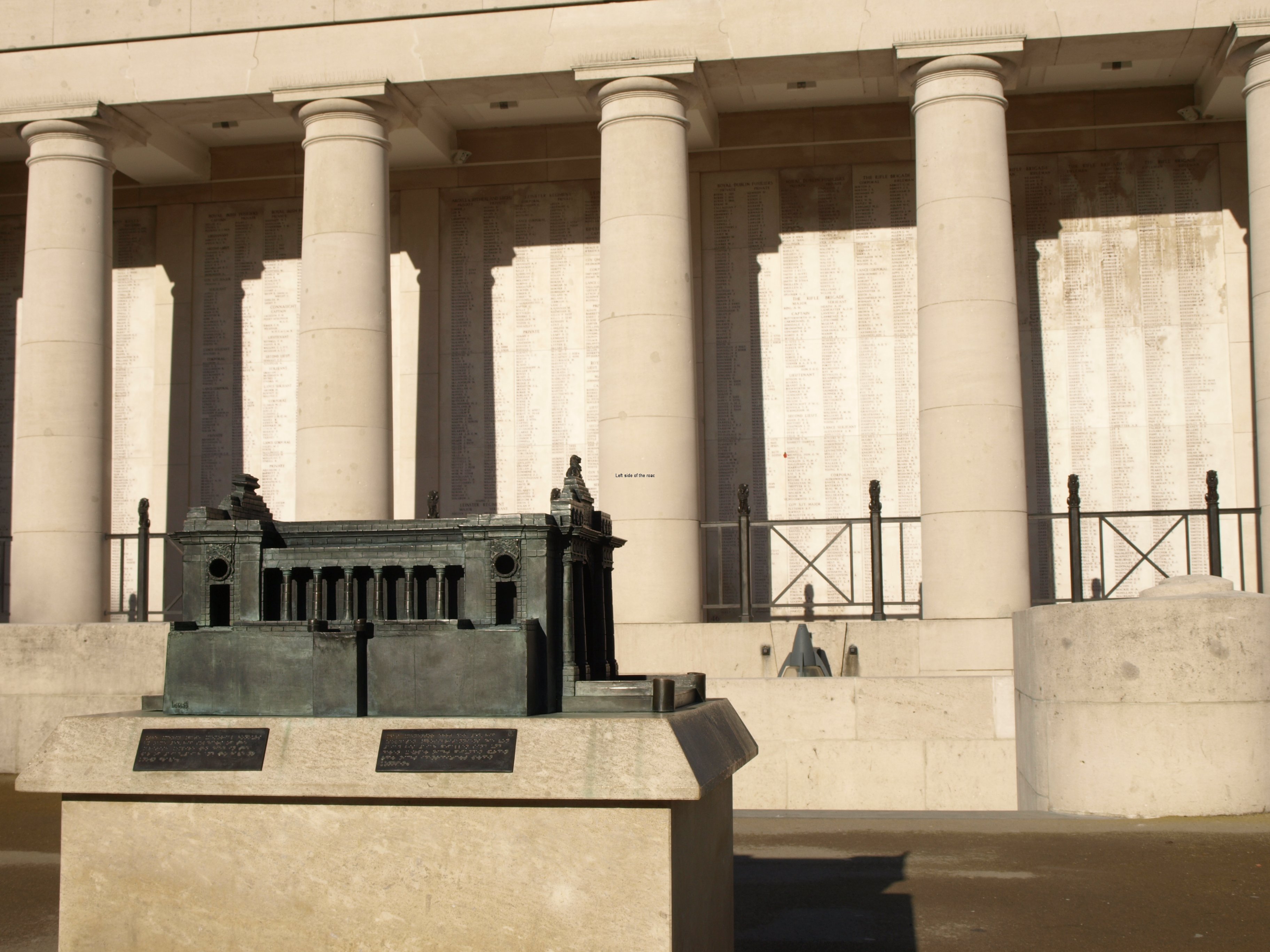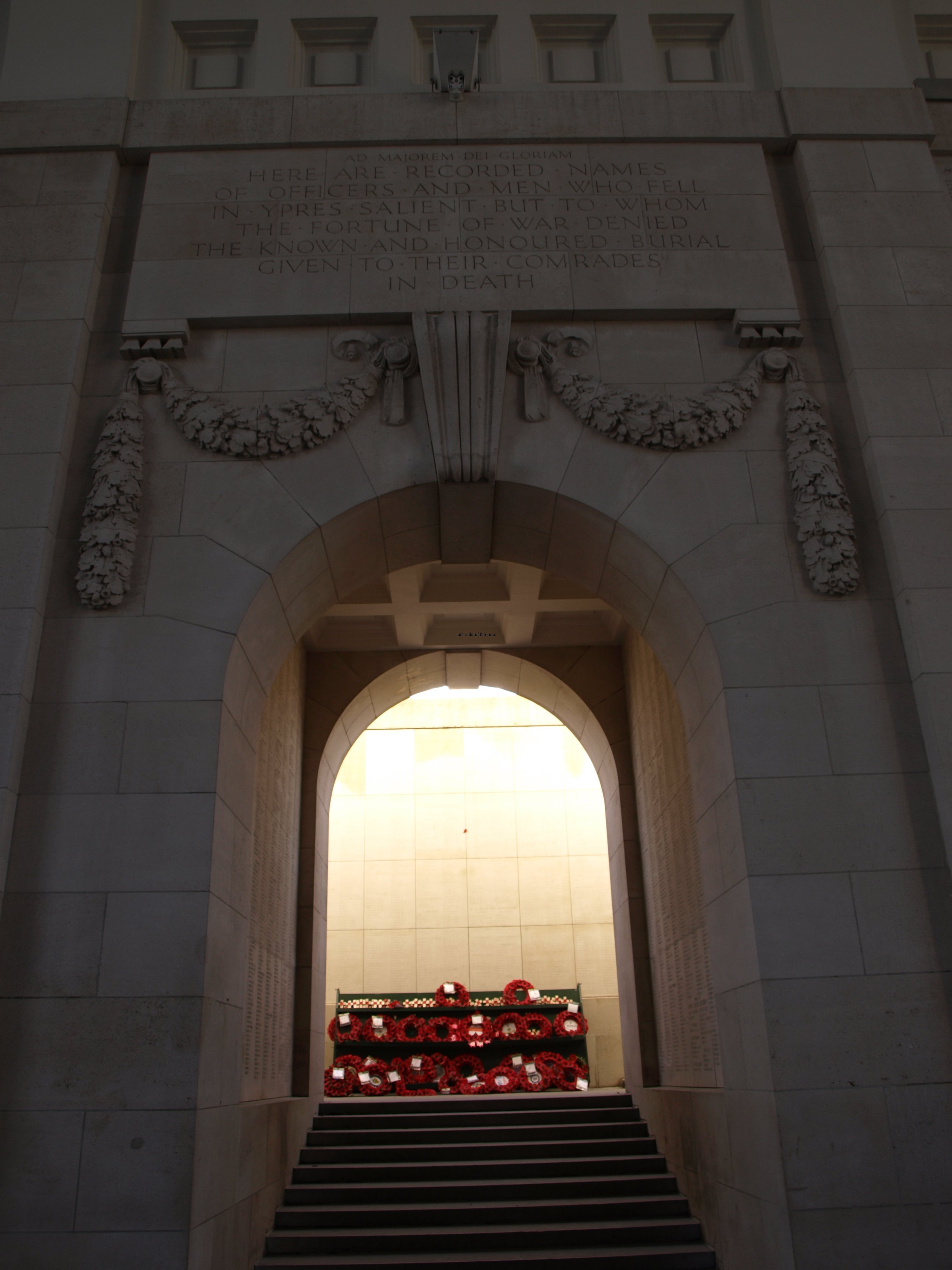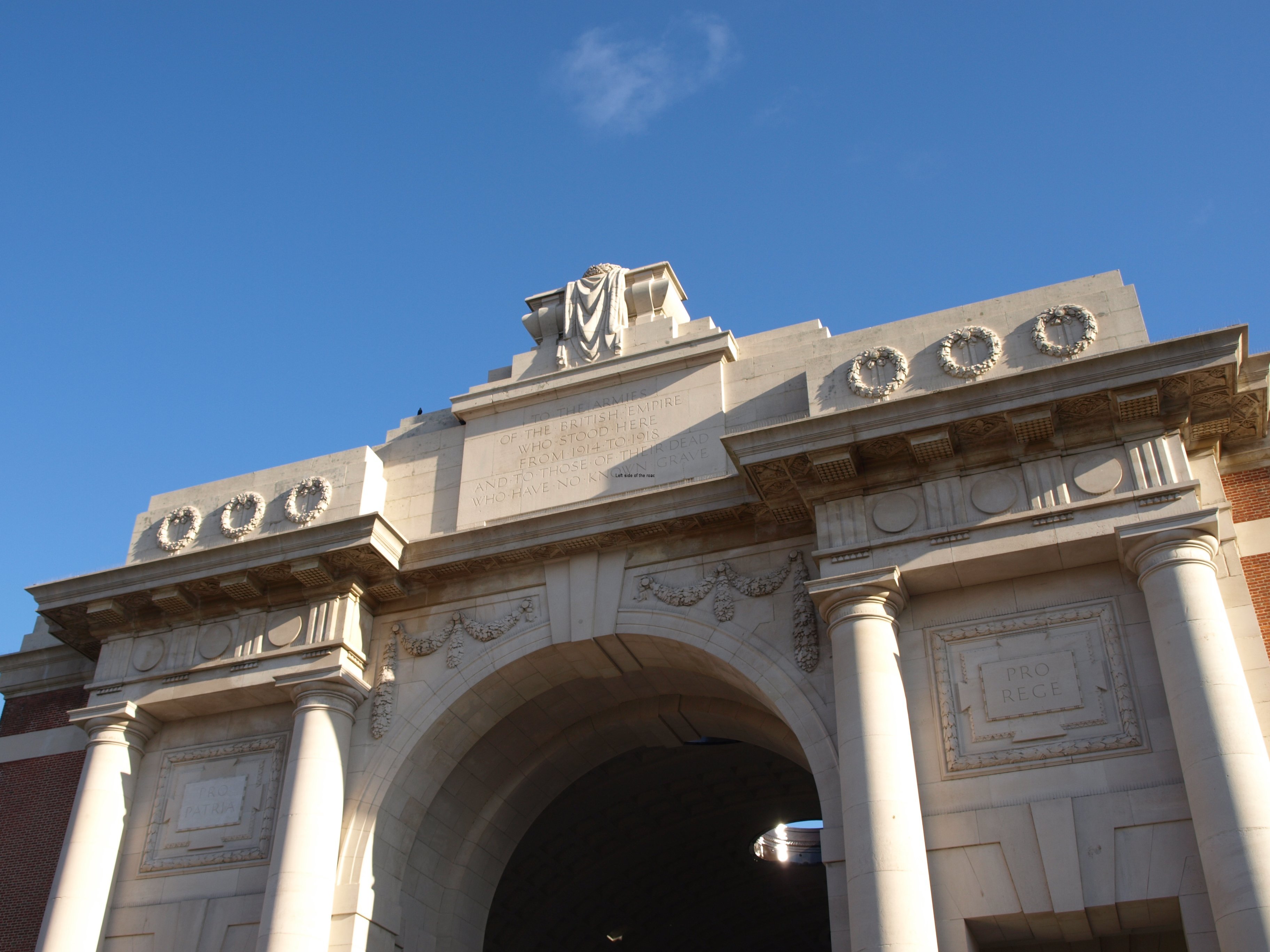The Railway Man concerns a surviving POW of the Japanese who was forced to work on the Burma Railway (of Bridge Over the River Kwai fame) and his post traumatic stress at his treatment, manifesting itself more than 35 years after the event.
As one of the other survivors says ‘war leaves a mess’. A bit of an understatement but obviously true but our realisation of that fact doesn’t make us any less likely, willing or even enthusiastic to send an ever-increasing numbers of men and women into conflict zones.
If the autobiography upon which the film is based, as well as the film itself, was arguing, if nothing else, that ‘war leaves a mess’ then surely we should be doing all we can to prevent such a mess from being created in the first place. This is especially so in a country that has been playing fast and loose with war since the disgrace and national shame of the Malvinas War of 1982.
Since then another Prime Minister, with an equal eye on history, has indulged his fantasy of long-lasting fame and, faced with gutless, opportunist and pusillanimous politicians and a weak population who oppose initially but support when ‘it’s our boys (and girls)’, has taken us along a road of never-ending conflict. When GW declared (probably the only true thing he ever said) that the ‘war against terror’ doesn’t have an end even he, I’m sure, didn’t expect that conflicts would be sprouting throughout the globe like poppies on the pockmarked, once agricultural, areas of Belgium.
So, I suppose, I’m asking what’s the purpose of this film (or any such like), this story of a personal tragedy?
Is it to ‘remind us’ that the British were the ‘good guys’ in the 1939-45 war? Is it to say, in the long-held Hollywood tradition, that the love of a good woman will bring resolution and redemption? Is it to say that revenge isn’t necessary and would probably have an even worse effect on he who perpetrated that revenge (as was the main point of the most recent film about South African apartheid, Mandela: Long Walk to Freedom)?
Because the whole idea of forgiveness is ludicrous if we allow the circumstances where such acts of barbarity can be committed to exist in the first place.
It’s the same about post traumatic stress disorder (PTSD). In WWI it was described as shell shock and treated as a weakness and very often as an excuse for cowardice. This was the case even in the years following the war when damaged men were seen and written about throughout Western European society (I’ve never read or heard about the effects the war might have made on those soldiers from the British colonies of the time, from India and Africa).
Now it’s a recognised illness and has been (although grudgingly by the state) accepted as a consequence of conflict since the United States invasion of Vietnam in the 1960s. However, in those major wars the majority of the soldiers involved were conscripts, not all, but the majority. For me that paints a different picture. To forcibly take a young man from his home environment, send him to a strange and exotic land where he’s invariably like the proverbial fish out of water, expect him to kill, commit atrocities in the name their particular State, and put his own life on the line it’s not then surprising if some of them go doolally.
However, what I do find difficult to accept is the present tranche of the military that have, are or will be fighting in this never-ending war against terrorism. OK, it might be acceptable for the first to have gone into Afghanistan in 2001 and even some of those who were part of the invasion force in Iraq in 2003 but the ‘War on Terror’ has been going on for near on 13 years now.
As most private soldiers on the front line are in their late teens or early twenties some of those would have been in their first years of primary school when the wars started and when the first casualties of PTSD they would have been in their first years of secondary school. Before they joined up weren’t they aware that ‘war leaves a mess’? Were they so blinded by state propaganda and their bloodless experience of playing video games that wars hurt people? That their friends might not make it back? That innocent men, women and children are often casualties of war? That they might see done, or even do, things they would not have thought themselves capable before leaving home?
You can’t have it both ways. You can’t have relations of the military killed in these conflicts declaring, proudly, before the press (and in that way justifying the military aspirations of the State) that their son/daughter ‘died doing what they loved’, when what they did was kill people. Psychopaths and serial killers can’t get away with that excuse so why can State sponsored killers? On the other hand some will say that they have been permanently scarred psychologically by their experiences of war. They should have known better BEFORE taking the Queen’s shilling. They should have gone into it with their eyes wide open.
In some respects by their supposed ‘suffering’ they are negating the real horror and suffering of those who were forced, against their will and better judgement or conned into believing in a greater ideal of King and Country and whose mutilated bodies became part of the mud of Flanders fields. The adverts appearing on TV and cinema screens at the moment romanticise the military and have the same effect of deluding the young people who are still lining up to join the army.
One the other things this film sparked off in me was an investigation into the roots of waterboarding. Due to the publicity of its use in the last 13 years or so, primarily against Al-Qaeda suspects but probably against anyone the Americans don’t like, I held the general idea it was a relatively recent innovation in the treatment of people over which you have absolute power. It couldn’t be further from the truth and, if you think about it, the roots had to lie in the past.
Why? Because it’s low tech, cheap and needs only a few items which are always to hand.
It’s use is documented by the Spanish Inquisition, which began in the 15th century, but there’s no reason to believe it wasn’t used long before that. It was used by the Inquisition to extract confessions of consorting, fornicating and generally being a servant of the Devil and, as is the nature of torture where people will say anything to make it stop, thousands admitted to whatever they were being accused. This fact, however, didn’t stop the United States Army from institutionalising this treatment as a form of ‘enhanced interrogation’.
In the Spanish-American War, which started in 1898 and which spread to war over the control of the Philippines, it was a regular form of treatment of prisoners and a sketch of the procedure was even carried on the front page of Life magazine, dated 22nd May 1902 – so no real reason for the Americans to be shocked about its use. There was even an army manual about it.
And the Americans took the practice to those places it sent soldiers during the 20th century. I thought I knew quite a bit about the invasion of Vietnam but I hadn’t come across mention of the practice before. (Notice, in the picture below, the smiles on the faces of the perpetrators.) So waterboarding became torture just for the fun of it more than 40 years ago and continues as such to this day.
One of the ‘niceties’ of waterboarding is it doesn’t actually cause any physical harm. If the body is angled so that the head is lower than the body it’s impossible for a person to drown. The trick is the victim thinks they are. It’s this fine distinction which allows the likes of Donald Rumsfeld to have made typically contradictory statements over the procedure and its effectiveness as a means of gaining information, specifically about the whereabouts and eventual assassination of Osama Bin Ladin.
But it all depends on who is being waterboarded in the first place. The now replaced Republican officials of the Bush-era have been reportedly joking at their parties about all sorts of war crimes. However, in 1947 a Japanese soldier was sentenced to 15 years in gaol for waterboarding a US citizen – I don’t have any more information. The British Army used it against Republicans in Northern Ireland in the 1970s and its inconceivable it wasn’t used against anti-colonial movements in Africa prior to that.
Finally on this matter. Abu Zubaydah was waterboarded 83 times for his supposed involvement in the September 2001 attacks on the Twin Towers in New York. It is reported the US intelligence forces gained 10 pieces of information from Abu Zubaydah, but nothing that was world shattering showing either he knew nothing or he was really tough.
Tougher, it seems, than US Navy Seals. Someone with a sense of humour in the US Defence Department thought it would be good to introduce waterboarding into the training programme. On average the recruits lasted 14 seconds. After a while it was decided this part of the programme was not particularly good for morale.







